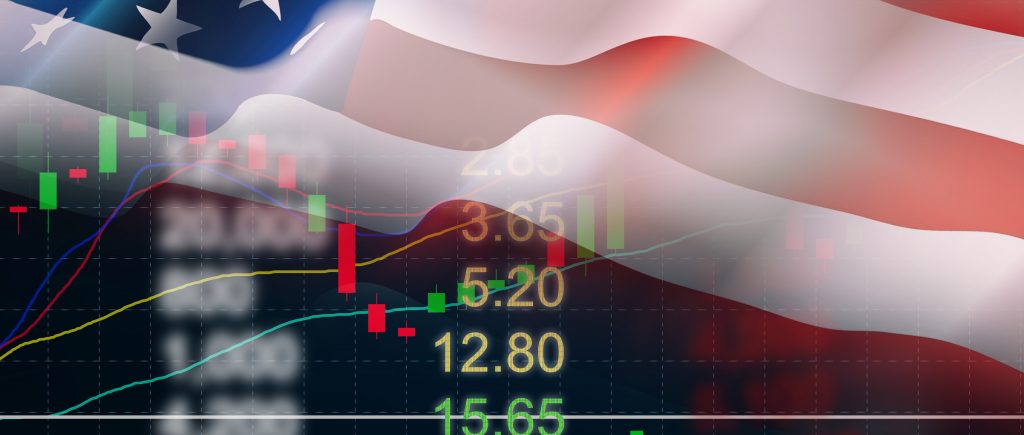The major US Indexes; S&P 500, the Nasdaq 100, and the Dow Jones collapsed as the banking system crisis deepened. The US Producer Price Index cooled, while Retail Sales dropped after an outstanding January report.
Investors anticipate that the Federal Reserve will maintain the Federal Funds Rate at its upcoming meeting. As the banking crisis worsened, Wall Street crumbled, and the top shareholder of Credit Suisse said that he would refrain from investing in the bank for “regulatory and statutory grounds,” causing the stock to fall 24% that day.
That has triggered a collapse in CS stock, while its Credit Default Swaps (CDS) are reaching levels last seen since the Global Financial Crisis.
Therefore, the S&P 500 is dropping 1.46%, at 3,862.14. Following suit is the heavy-tech Nasdaq 100, falling 0.76% at 11,342.55, while the Dow Jones is losing 1.74%, at 31,598.13.
Sentiment remains sour amidst the Credit Suisse panic sale. Bank’s shares across the board registered losses, while more than 80% of the S&P 500 stocks listed fell. Aside from this, the United States (US) economic calendar revealed the Retail Sales and Producer Price Index (PPI) for February. Retail Sales came lower than the expected fall of 0.3% MoM, dropped 0.4%, in part blamed on the astonishing January report of 3.2%
The US Producer Price Index (PPI) dropped 0.1% MoM, the US Bureau of Labor Statistics reported today. Core PPI, which excludes volatile items like food and energy, cooled down from 0.4% estimates to 0%.
In the meantime, expectations for a 25 bps rate hike by the Federal Reserve (Fed) had waned. The CME FedWatch Tool odds for a 25 bps hike lie at 37%, with investors estimating no change to the Federal Funds rate (FFR) at next week’s meeting.
Sector-wise, Utilities and Communications Services are the two leaders of the pack, up 1.16% and 0.25%. The laggards are Energy and Materials, each losing 6.18% and 4.42%, respectively.
Meanwhile, the greenback is recovering after three days of consecutive losses, as the US Dollar Index shows, advancing 1.21% at 104.937. US Treasury bond yields continued to plunge across the curve, with 2s falling 43 bps, at 3.823%, while the 10-year dropping 28 bps at 3.410%.
The US economic calendar will feature February Housing Starts, Building Permits, and Initial Jobless Claims.

 Noor Trends News, Technical Analysis, Educational Tools and Recommendations
Noor Trends News, Technical Analysis, Educational Tools and Recommendations




